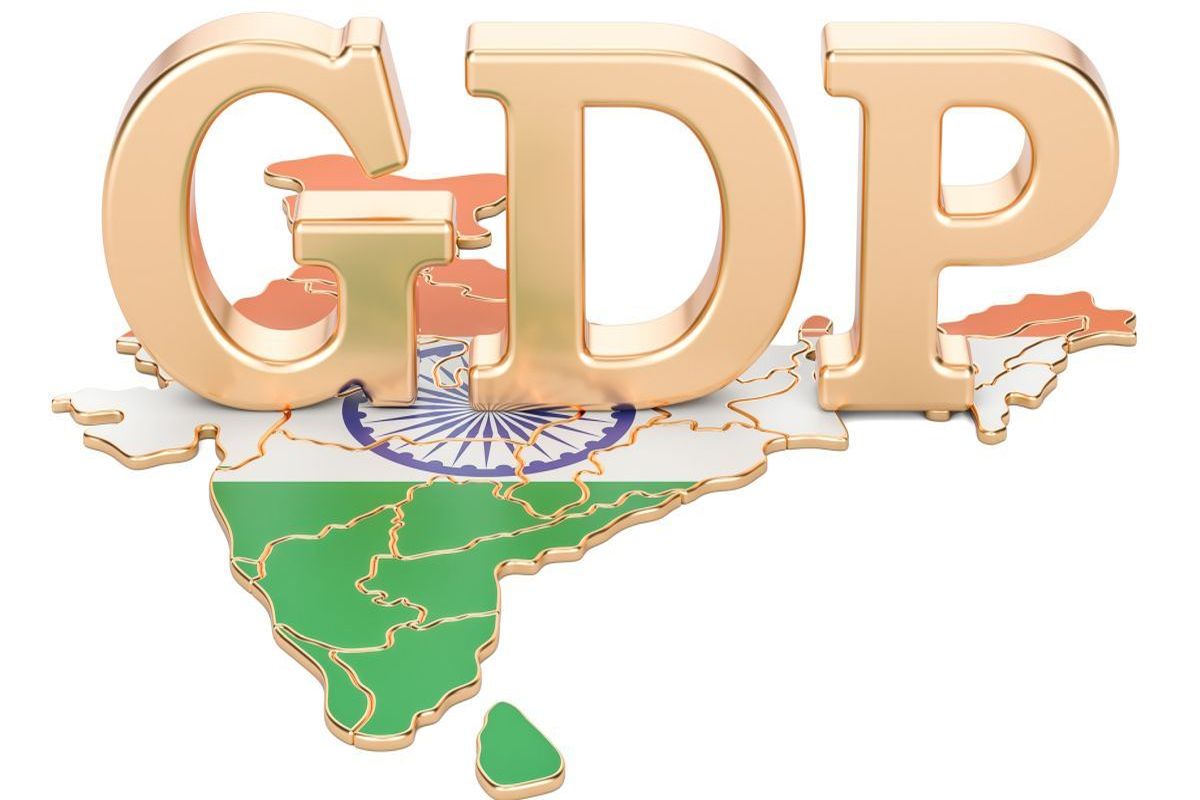India will achieve GDP growth rate of 8 per cent plus from the financial year 2020-21, NITI Aayog Vice-Chairman Rajiv Kumar has said at the United Nations Headquarters in New York, where he went to attend the High-Level Political Forum (HLPF) Ministerial Meeting on Sustainable Development Goals held between 16th and 18th July, 2018.
He attributed the expectation in growth to the structural reforms undertaken by the government of India like the Goods and Services Tax, Insolvency and Bankruptcy Code.
Advertisement
During his visit, he delivered the keynote address at the ‘India Investment Seminar’ held at the Consulate General of India, New York.
“I personally think that in the fiscal year 2020-2021 onwards, we will achieve higher than 8 per cent growth, (continuing) then for the next many years. It is just a fact of (growth) taking off,” Kumar said.
“We have the potential to grow at double-digit growth rates,” he added.
On the issue of employment generation, Kumar emphasised that a large number of jobs have been created in the country in the last five years. He reasoned that the re-election of Prime Minister Narendra Modi-led government showed that the people, in general, are satisfied with the performance of the government.
Kumar highlighted that the Union Budget, presented earlier this month, has taken major decisions to reform the current state of the economy and improve the ease of doing business by liberalising the inflows of FDI.
Last week, Asian Development Bank (ADB) had cut down India’s GDP growth forecast to 7.2 per cent for the financial year 2020-21, owing to the fiscal shortfall concerns.











